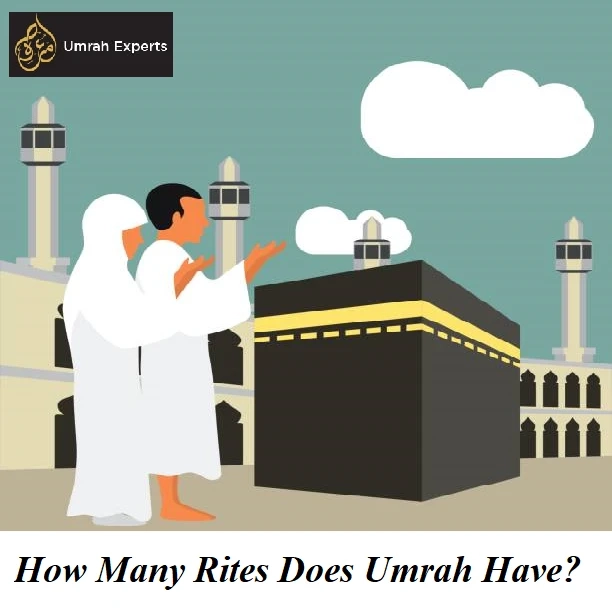Umrah means ‘a visit’ to the Holy Kaabah situated in Makkah, Saudia Arabia to perform the minor pilgrimage. Umrah is a sunnah Ibadah and can be performed any time of the year; unlike Hajj, which is an obligatory pilgrimage to Makkah, performed every year from 8th to 12th of the Islamic month of Dhul Hijjah. That’s why Muslims keep on arriving through their cheapest hajj packages 2022 in the kingdom.
Here’s a brief description of the fundamental rites of umrah.
1. Assuming Ihram from Miqat.
Before pilgrims enter the Masjid-Al-Haram and move across to perform the rituals of Umrah, they need to be in the state of Ihram necessarily. If a pilgrim crosses the Miqat boundary without having entered the state of Ihram, a penalty gets due. There is a total of five different Miqat boundaries at all corners of Makkah for people arriving from different regions. That’s why it’s significantly essential to know about the specific Miqat according to your region of travel and assume ihram from there.
Preparations for wearing Ihram.
- Trim fingernails and toenails.
- Shave unnecessary hair from the body i.e. (under the armpits and below the navel).
- Get a haircut and mustache trim (if necessary).
- Perform Ghusl. Wudhu can also be perfumed if Ghusl is not Wajib for a person yet, however, Ghusl is a recommend and sunnah act.
- Wear Ihram clothes.
- Perform two Rakat Salah-al-Ihram while covering the head.
After this, the Niyyah should be made as the Miqat approaches as well as reciting Talbiyah repeatedly while traversing the Miqat stations is advised.
2. Tawaf of the Holy Kaabah.
Tawaf is the circumambulation around the holy Kaabah for seven consecutive circuits. At this point, the pilgrim must stop reciting Talbiyah and begin the first round of its tawaf from the place of Hajar-al-Aswad i.e., the black stone, in an anti-clockwise direction. Each round of the tawaf should begin/end at the same place.
During the first three circumambulations, men must perform Ramal (fast-paced walk) while the remaining four are completed by walking at a normal pace between the al Rukn-al-Yamani and the Black Stone.
3. Sayee at Safah and Marwah Hills.
Sayee starts by going up the hill of Safah to see the holy Kaabah from the Safa door; pilgrims must face the Holy Kaaba with utmost devotion and love while raising their hands in supplication. They must then descend from Safah hill and walk towards the hill of Marwah. The seven rounds of Sayee must be such that the last round ends at the hill of Marwah (each round is nearly 450 meters long).
4. Halq/Taqsir.
The last ritual of Umrah is the shaving of the head hair (Halq) for men and clipping the hair (Taqsir) for women, in the Mina region. However, men can also trim if they don’t want to shave the head completely.
These are some of the basic rules to know about the rites of umrah.



